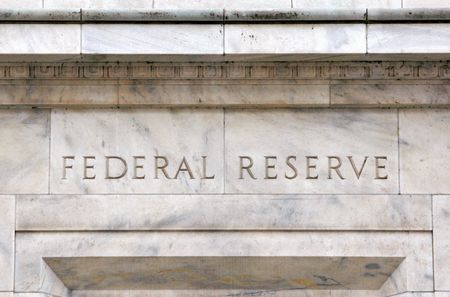By Michael S. Derby
NEW YORK (Reuters) – The standoff over the U.S. government’s borrowing limit is unlikely for now to crimp the Federal Reserve’s plans for higher interest rates and to shrink its massive balance sheet, but it could force tough choices the longer the impasse drags on.
On Thursday, the U.S. government hit the $31.4 trillion debt ceiling set by Congress, and the Treasury Department began maneuvers allowing it to keep funding the government until early June without breaching the cap.
The political showdown between congressional Republicans and the Biden White House comes as the Fed aims to shed just under $100 billion a month from its $8.5 trillion balance sheet, and officials are eying lifting their benchmark interest rate above 5% in the months ahead to bring down inflation.
For now, “I don’t think it will impact Fed operations or balance sheet drawdown,” said Joseph Wang, chief investment officer at Monetary Macro.
Analysts see risks to those plans mounting later in the year as Treasury’s alternative measures run out of room and markets begin to take more seriously the risk of a government default that would shake every aspect of the global financial system. It would also likely turn what is expected to be a modest economic slowdown this year into something much more severe, outcomes that could force the Fed abruptly to reverse course.
Meanwhile, the way the Treasury manages its cash in the months ahead may have technical consequences for the Fed’s balance sheet shrinkage.
Analysts at Bank of America said in a recent note that ongoing efforts to shrink the balance sheet and reduce stimulus “will largely be neutralized” by the Treasury withdrawing cash from its account at the Fed. That in turn would likely increase bank reserves, something balance sheet contraction is aimed at reducing.
What the Fed also will have to watch out for in the near term is some sort of market disruption that could force market participants to tap central bank emergency lending facilities. In a worst-case scenario, the Fed might have to suspend allowing bonds to run off its portfolio and buy securities to steady markets, much like the Bank of England was forced to do last fall.
(Reporting by Michael S. Derby in New York; Editing by Dan Burns and Matthew Lewis)

